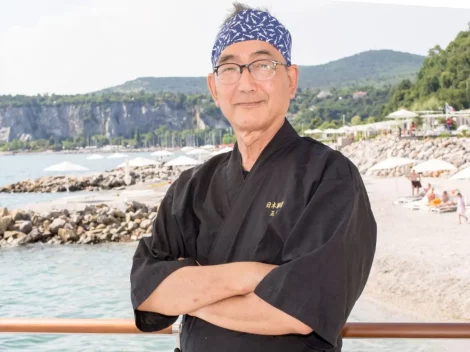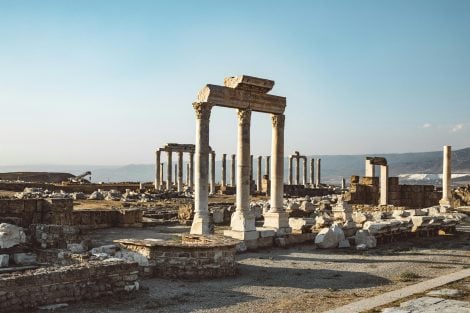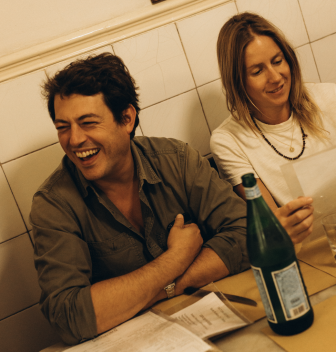Vineyards overlooking the sea, constant breezes, ancient grape varieties. But not only that. There are several aspects that link the plots of the small islands, from the terraced vineyards of the Aeolian Islands to the dizzying slopes of Giglio Island: extreme conditions, a tough life, heroic viticulture. To use Veronelli’s words, this is the world of the “mad angels”, protagonists in territories outside the circuits where wine is a life choice before it is an economic one.
The islands as natural laboratories
The islands represent an exceptional natural laboratory: biodiversity and unique agricultural practices gift the glass with different, distinctive, and disorientating worlds. The encounter between contrasting elements — intense light, volcanic or rocky soils, thermal excursions, constant winds — gives life to bottles with unmistakable profiles, often outside the norm, capable of stirring emotions from the very first sip. No, it’s not just storytelling.
The wines of the small islands: full of charm and character
Behind the wines of the small islands there are winemakers working in silence, an agricultural world that often has to struggle to find its place between tourist excesses and operational difficulties. There are stories of resilience, of children returning to the land of their fathers, of exhausting harvests to produce just a handful of bottles. And yet, for all these reasons, these wines are fascinating and full of character. Drinking a wine from the islands means choosing a strong identity, a precise landscape, a story often against the tide. A way to remember that in wine — as in life — it is the most difficult conditions that generate the most interesting characters.
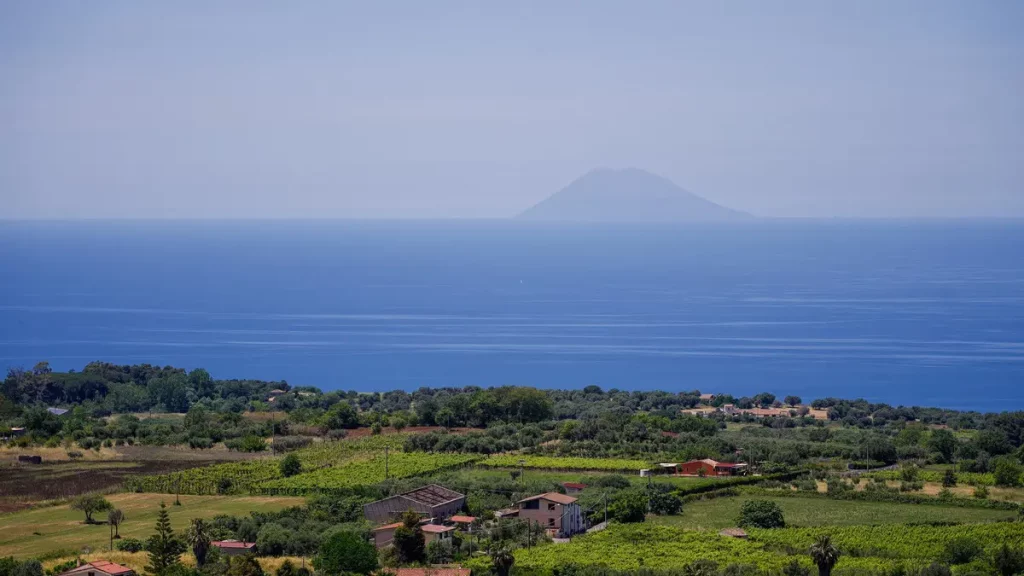
Stromboli
Sweet wines becoming increasingly dry
Constants? We find a clear and distinct trend: sweet wines are becoming increasingly dry. Whether we are speaking of moscato or aleatico, versions conceived for drinking throughout a meal are clearly on the rise. The small islands have managed to interpret market demands, adapting grape varieties and production styles.
The must-try wines of the small islands
We have selected eight labels, eight worlds: these are the basic glasses to begin discovering the extraordinary variety that these wines have to offer.
For each wine, the score is expressed out of 100.
Isola del Giglio
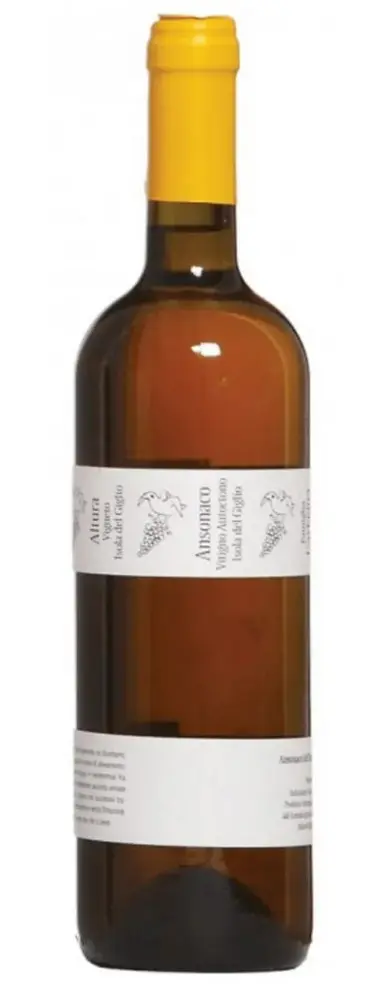
92/100
Ansonaco ‘22 – Altura
From a terraced vineyard of about 3 hectares, Francesco Carfagna, a former maths teacher, produces an orange wine that expresses the potential of Giglio Island. Aromas range from sea salt and Mediterranean scrub to orange peel and dried apricot. The palate is taut with a tannic “grip” that gives it structure and complexity.
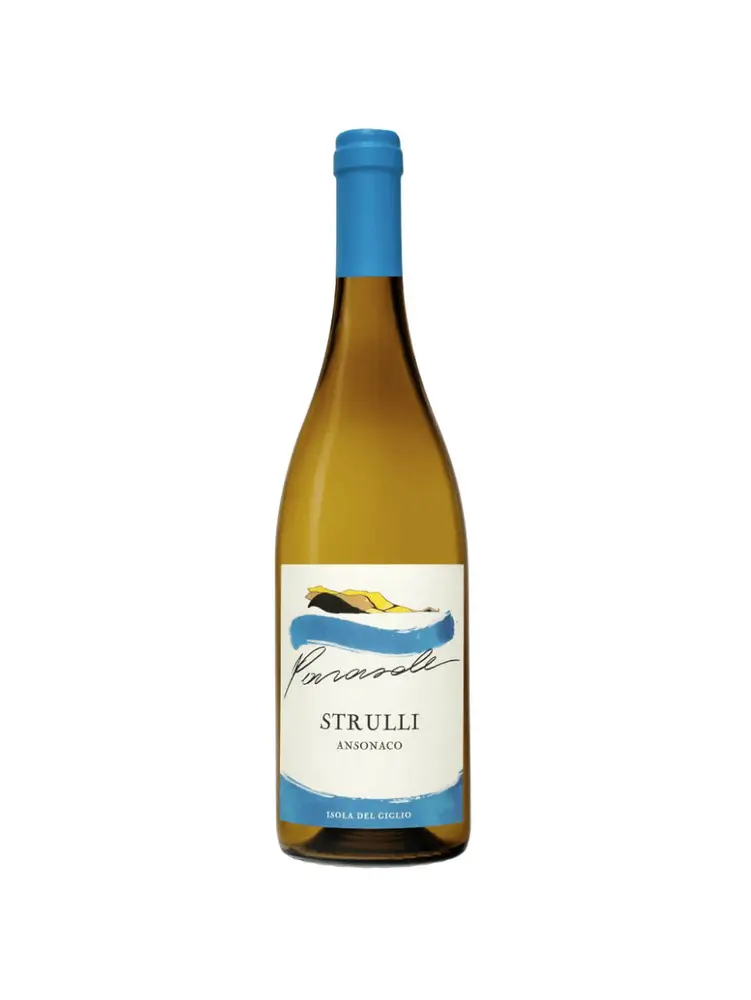
90/100
Strulli ’23 – Cantina Parasole
Strulli is the orange wine of Milena Danei’s estate, founded in 2018 on Giglio Island. The grape used is ansonaco, which macerates 5–7 days on the skins and matures in steel. In the glass you find a wine with iodised, saline aromas enriched with notes of apricot, sage, and a sip with elegant tannins that lend structure and depth.
Isola di Capraia
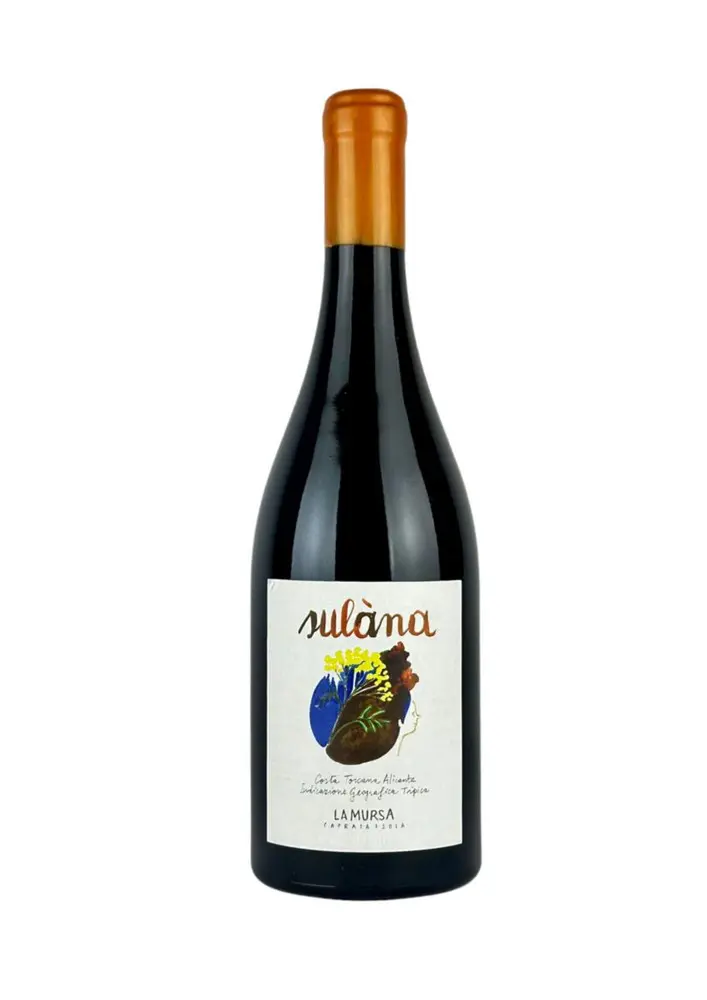
92/100
Súlana ’23 – La Mursa
Pure Grenache, the aromatic profile plays on fresh notes of raspberry, cherry, and strawberry enriched with floral notes of rose and violet. On the palate it reveals structure and liveliness, with juicy fruit, delicate spices, well-integrated tannins, and a brilliant acidity. The long, harmonious finish combines energy with a promising evolutionary potential.
Ponza

93/100
Biancolella ’23 – Antiche Cantine Migliaccio
The sea and its aromas tie this Biancolella to Ponza. In the glass, the features that outline the island emerge, with a nose full of Mediterranean scrub, caper flowers, citrus, and white fruit. On the palate, the sip is defined by savoury and saline tones, with an intact and crunchy body and remarkable length on the finish.
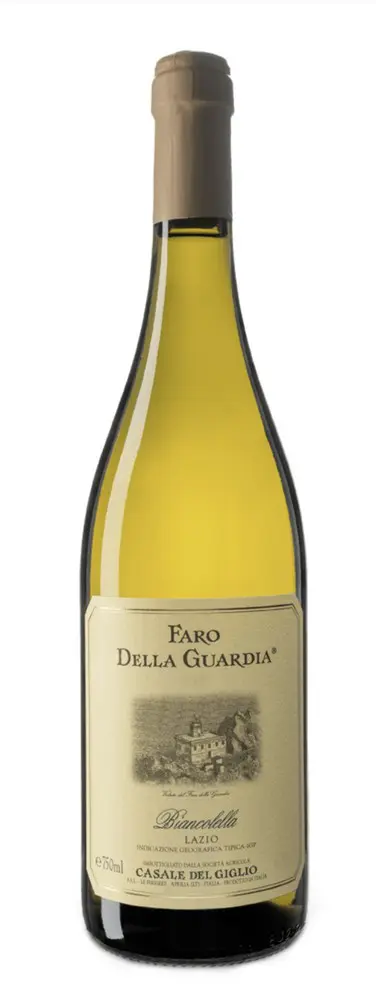
92/100
Faro della Guardia Biancolella ’23 – Casale del Giglio
Pure Biancolella grown on the steep slopes of Ponza. Marine, saline aromas form the backdrop to a texture of white flowers, citrus, and Mediterranean scrub. On the palate it is savoury, with a fine minerality that leads straight back to its place of origin, but it is the vertical freshness that gives the sip its energy and brightness.
Capri
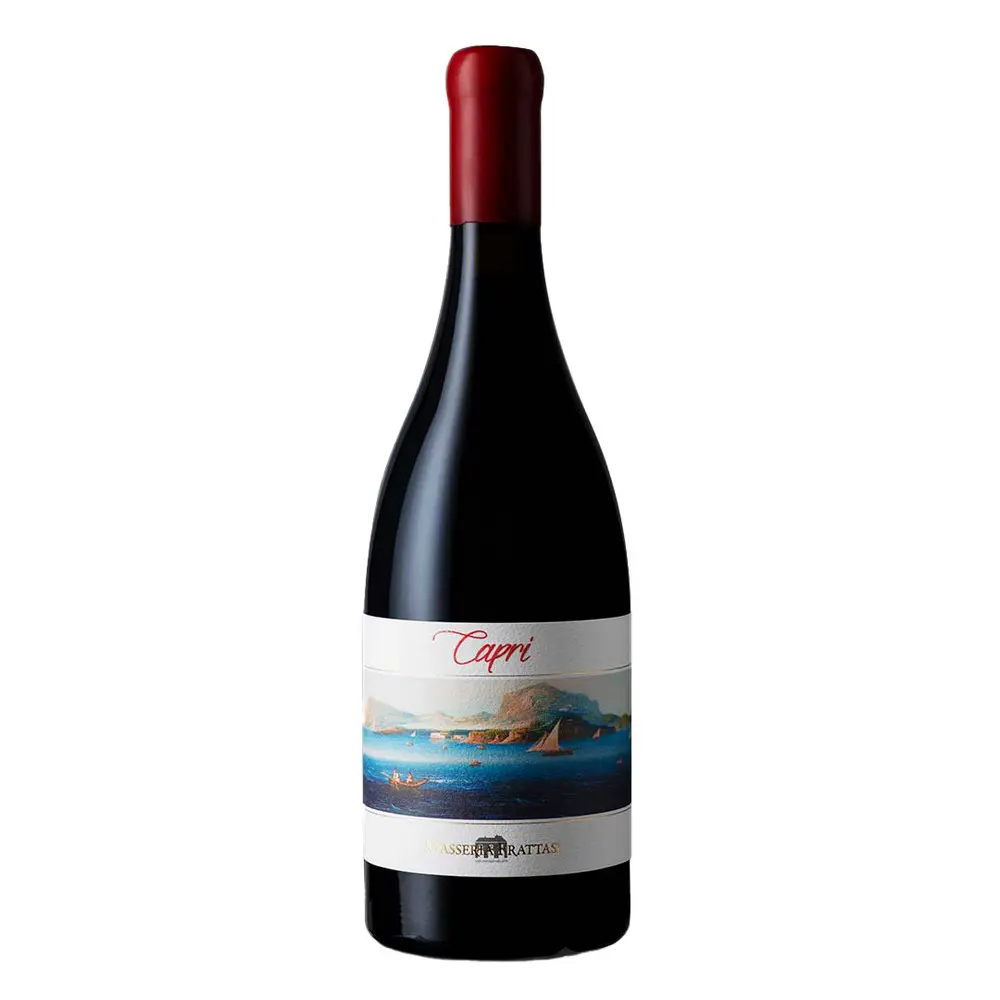
91/100
Capri Rosso ’20 – Masseria Frattasi
From a century-old ungrafted vineyard on the island of Capri, this red is a blend of aglianico, piedirosso, and native black grapes. On the nose, liquorice together with violet and blackberry mark out an intense bouquet. The palate is equally compelling: creamy and fleshy, with well-extracted tannins. A wine with charm and character, and a beautifully nuanced finish.
Stromboli

94/100
Verticale ‘22 – Vigne di Mare
The nose of this Malvasia tells the story of Stromboli Island: aromas of salty air, Mediterranean scrub, floral notes, and smoky hints of lava stone recalling the soil in which the vines sink their roots. On the palate there is an intense sensation of peach intertwined with minerality, almonds, and sea salt. An intense and rare wine.
Ustica
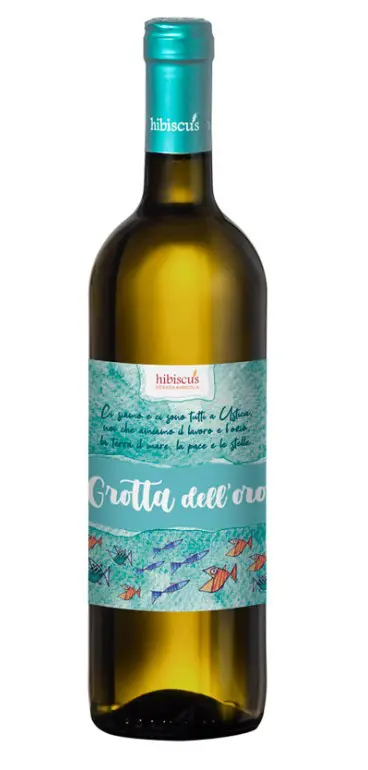
92/100
Grotta dell’Oro – Hibiscus
From zibibbo grapes, this wine seduces as soon as you bring the glass to your nose. Its delicate aromaticity, where tropical fruits, citrus, helichrysum, anise, and lavender chase one another, is joined by hints of Mediterranean herbs and mineral notes. The palate is lively, elegant, endowed with backbone, and finishes precise and clean, with pleasant nuances of green almond.

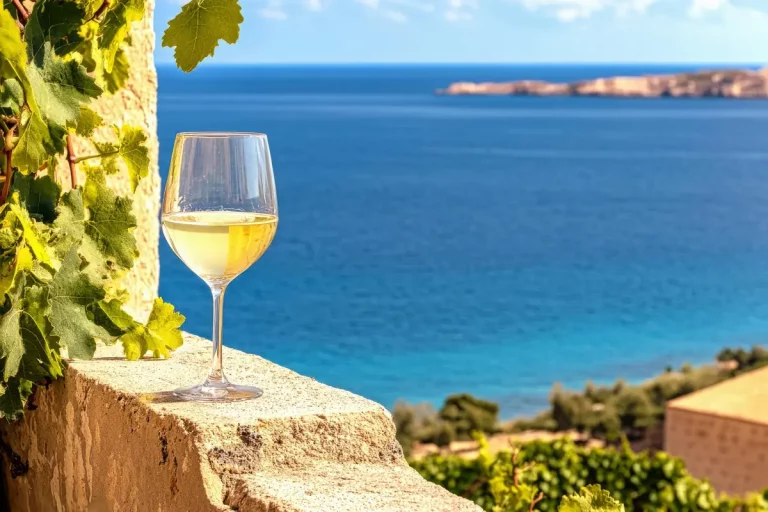
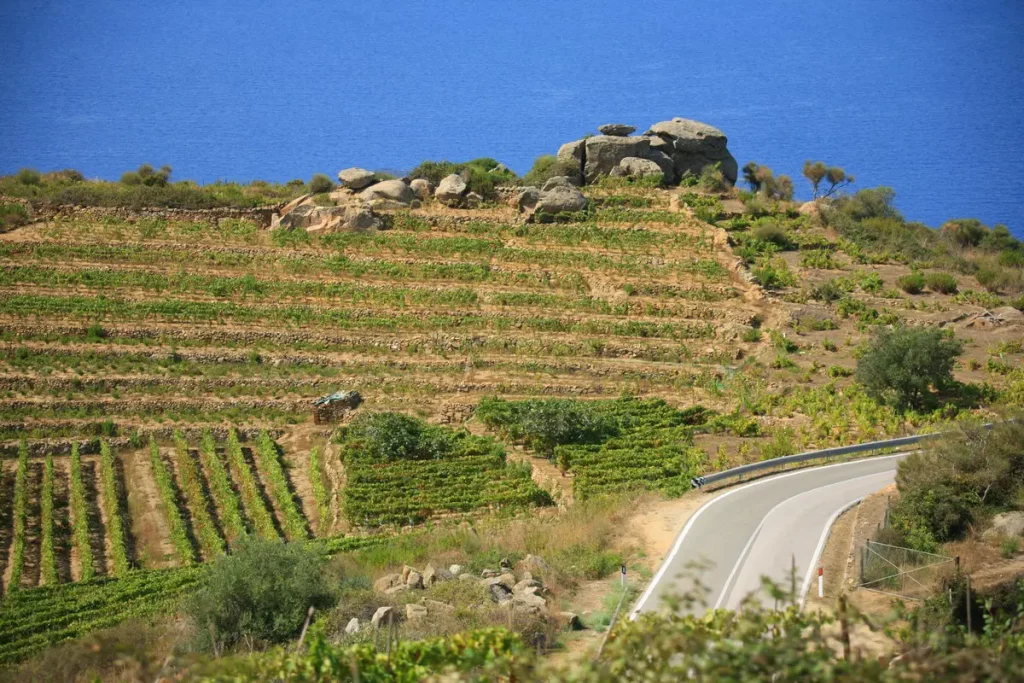
 'Italian wine has infinite potential in Africa'
'Italian wine has infinite potential in Africa'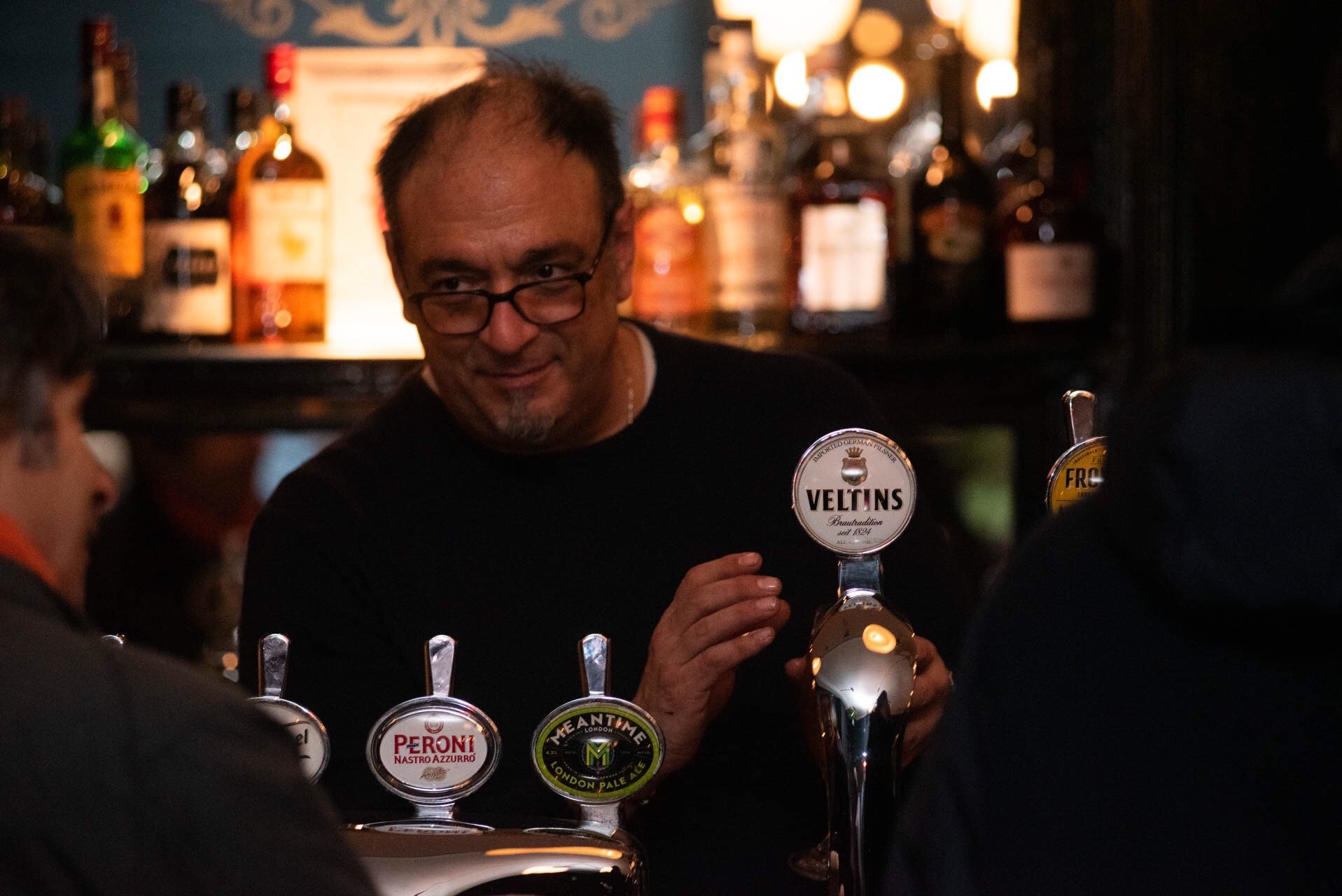 Meet the Sicilian who runs a London pub
Meet the Sicilian who runs a London pub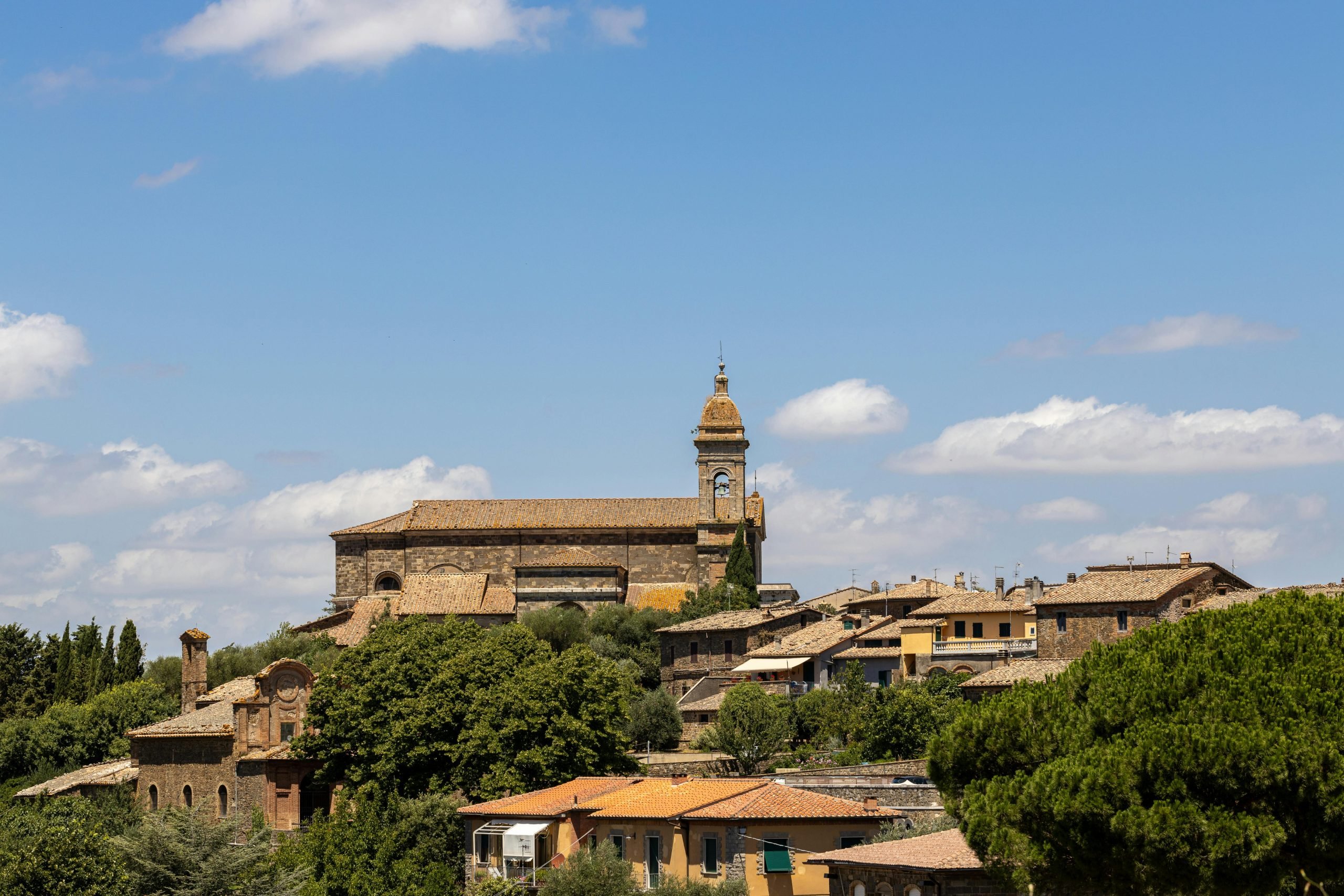 Wine tourism gives €150 million boost to Montalcino
Wine tourism gives €150 million boost to Montalcino 'Watch out for Ireland: wine health warnings have only been postponed to 2028,' warns CEEV secretary
'Watch out for Ireland: wine health warnings have only been postponed to 2028,' warns CEEV secretary